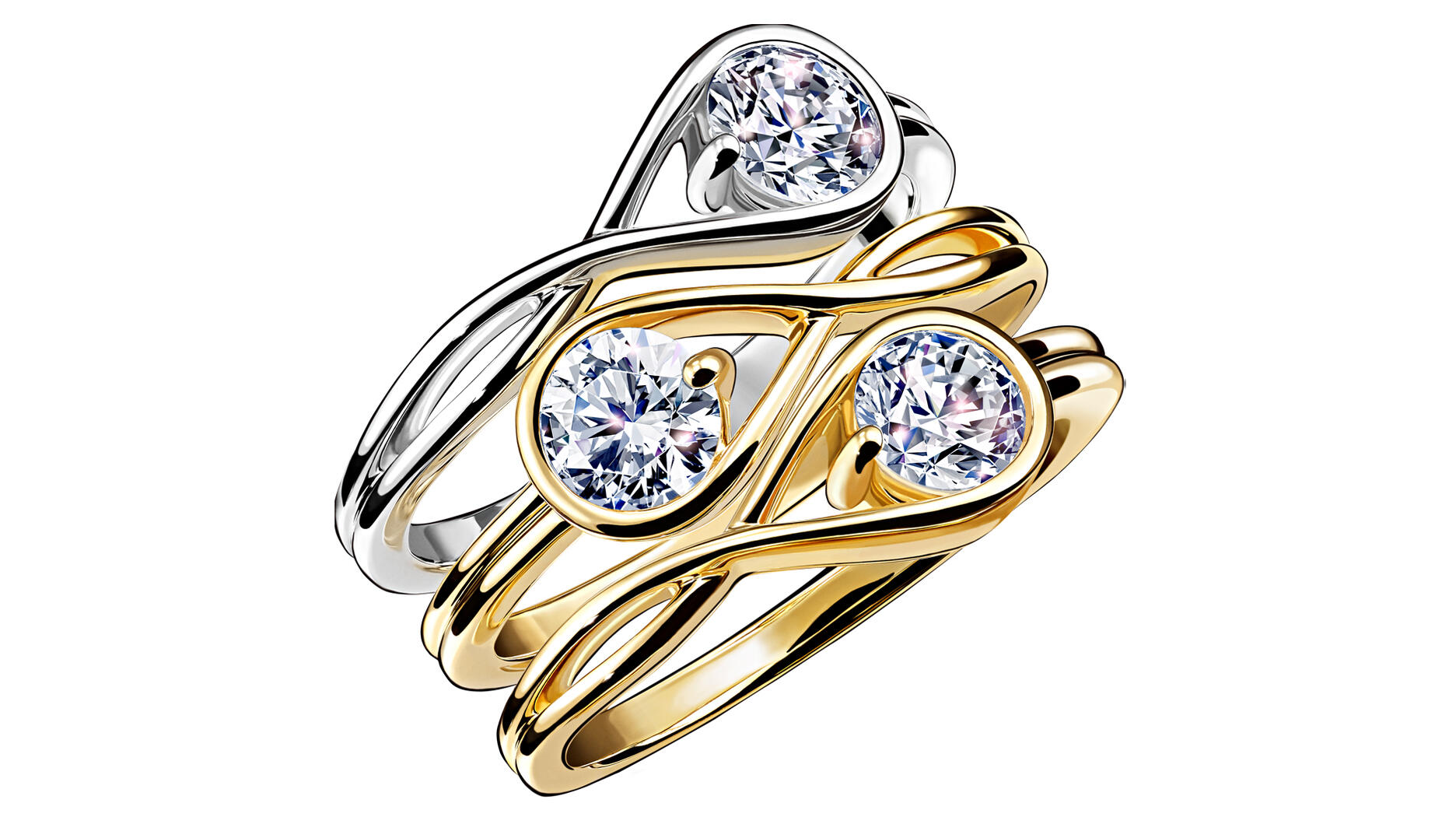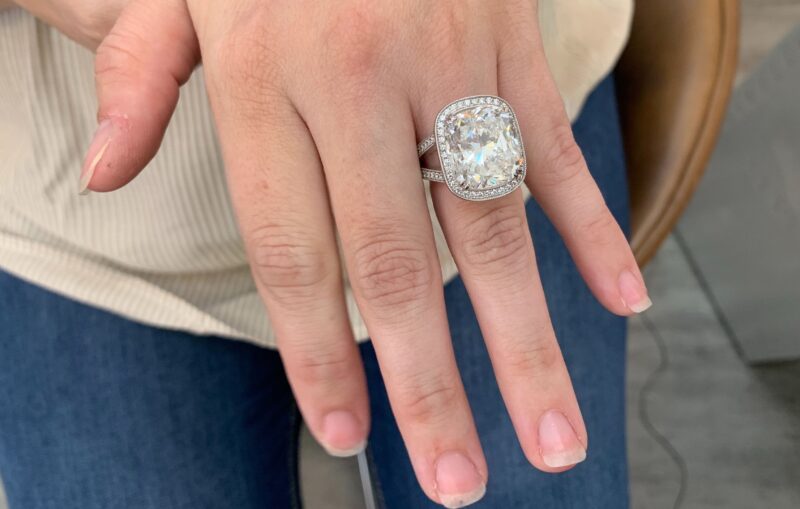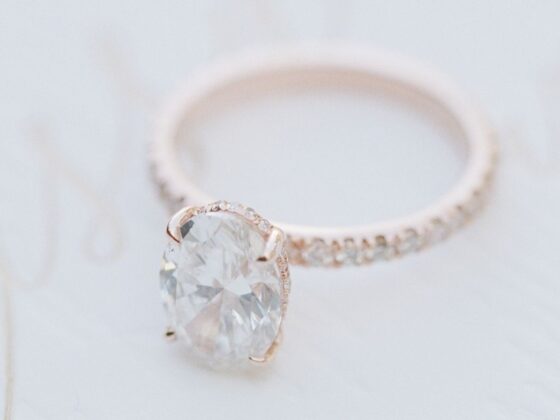In recent years, the use of lab-grown diamonds in food has become increasingly popular. This trend is raising questions about the safety of consuming these products and whether they pose any risks to our health.
In this article, we will discuss what lab-grown diamonds are, their potential benefits, and any possible risks associated with consuming them. We will also examine scientific studies that have been conducted on the subject to determine if they are safe for human consumption or not.
1. What are Lab Grown Diamonds?
Lab grown diamonds have been gaining popularity in recent years as an alternative to mined diamonds. They are created through a process of synthesizing diamond molecules, usually carbon, under high temperatures and pressure that occurs naturally in the Earth’s mantle.
Lab grown diamonds are chemically and physically identical to their natural counterparts but cost significantly less due to the fact that they dont require mining or additional processing before being cut and polished. As with any new technology, questions arise regarding safety when it comes to consuming lab grown diamonds in food.
While some people may be concerned about potential health risks associated with eating these man-made gems, there is no evidence that suggests lab grown diamonds pose any greater risk than those found naturally in the ground. In addition, since they are created with pure carbon atoms just like natural stones and lack impurities often found in mined varieties, lab-grown gems may actually be safer for human consumption than their organic counterparts.
2. Potential Benefits of Adding Lab Grown Diamonds to Food
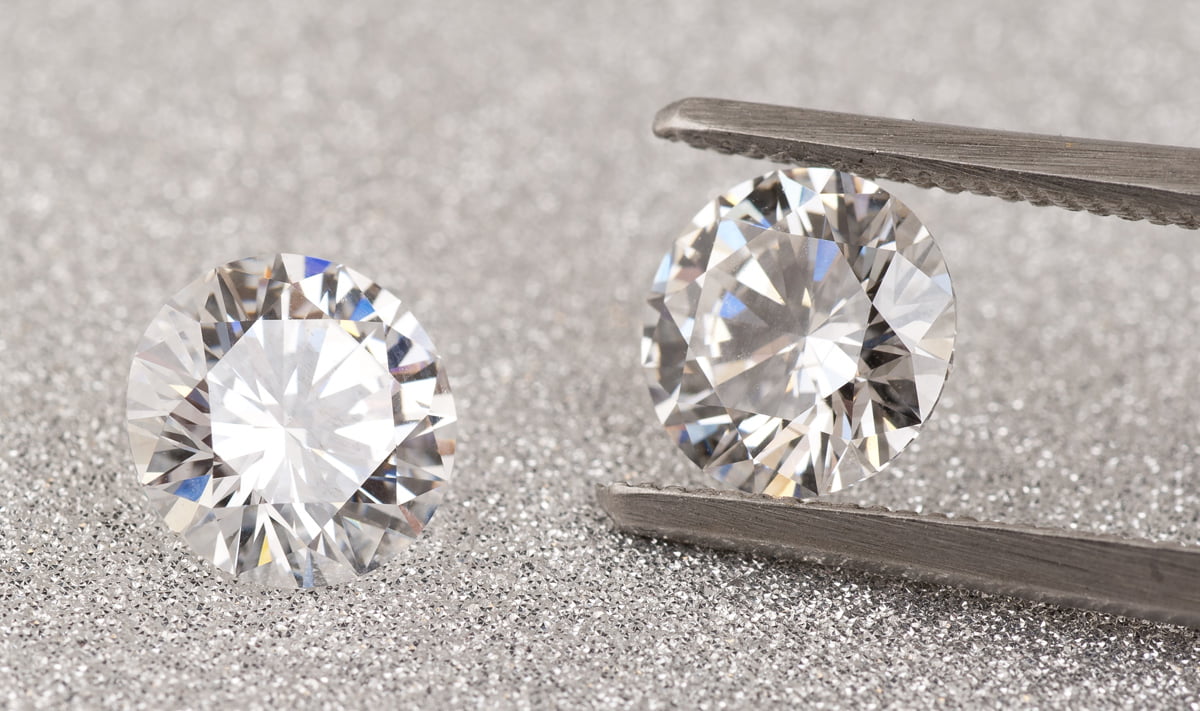
Lab grown diamonds have recently been proposed as a potential food additive due to their unique properties. Lab grown diamonds are produced in a laboratory setting, rather than mined from the earth. They offer many advantages over traditional diamond production and could provide a number of potential benefits if added to food products.
Some of these include improved shelf life, increased nutritional value, and enhanced flavor profiles. In addition, lab grown diamonds may be more cost effective than natural-sourced diamonds and require fewer resources for production. However, there is still some uncertainty about whether or not adding lab grown diamonds to food is safe for human consumption. Further research should be conducted before this technology can be fully embraced by the food industry.
3. Safety Considerations for Consuming Lab Grown Diamonds
Lab grown diamonds are gaining popularity in the jewelry industry, but many people have wondered if these man-made stones can be safely consumed. The answer is yes; however, there are certain safety considerations that should be taken into account before consuming lab grown diamonds.
First and foremost, it is important to ensure that all lab grown diamonds used for consumption have been certified safe by a reputable laboratory. Additionally, those looking to consume lab grown diamonds should consider any potential environmental hazards associated with their production—such as the use of hazardous chemicals or radiation—and be sure they understand how such materials may affect their health.
Finally, consumers should research different varieties of lab created diamonds uk available on the market and select one produced under stringent quality control measures and sustainable practices in order to minimize risks associated with ingestion.
4. Regulations and Standards Surrounding the Use of Lab Grown Diamonds in Food
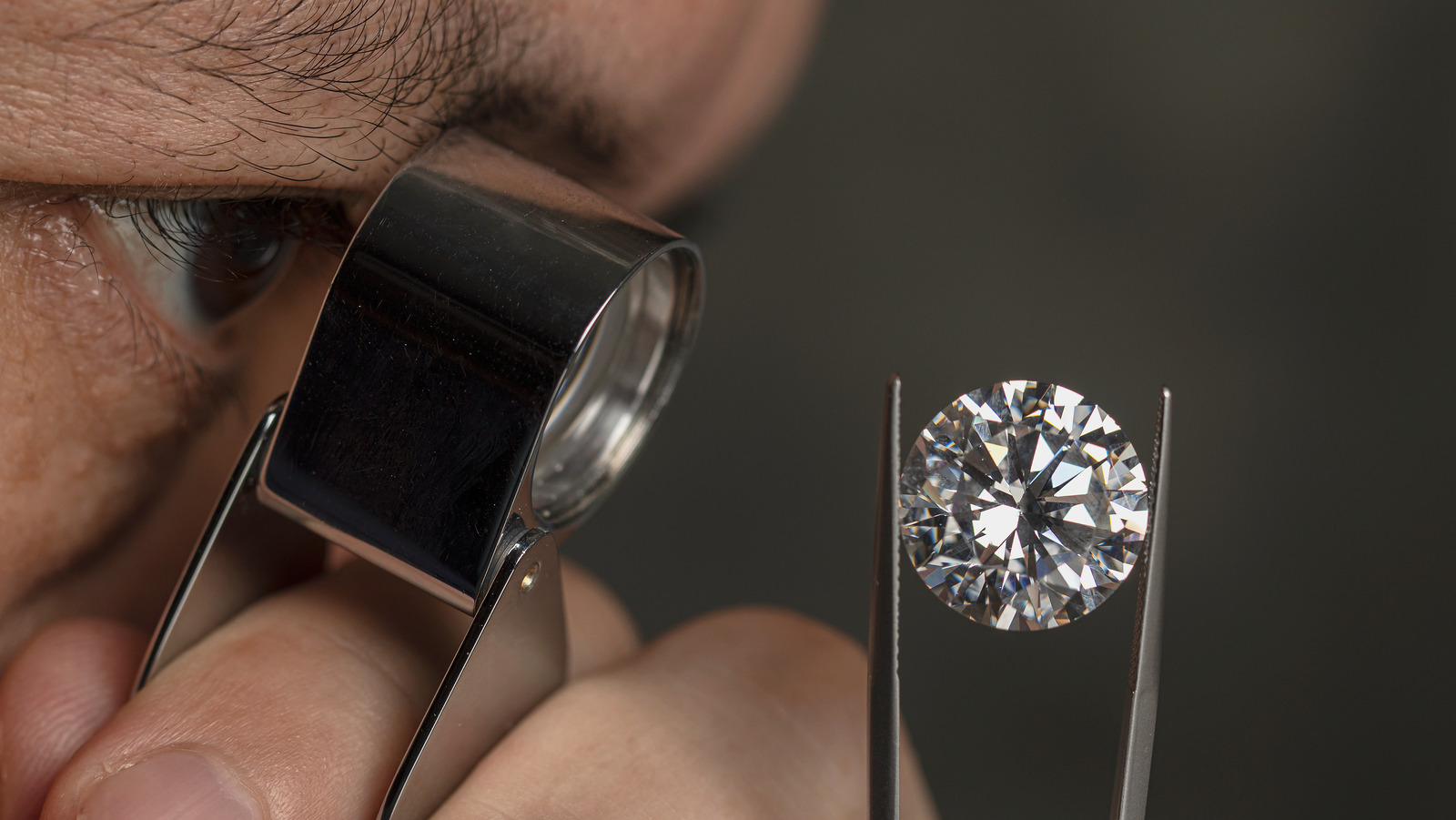
Lab grown diamonds, also known as man-made or synthetic diamonds, have become a popular alternative to traditional mined diamonds in many industries. The use of these lab grown diamonds has been approved for industrial applications such as drilling and cutting tools but their use in the food industry is a subject of debate.
There are several safety regulations and standards when it comes to using lab grown diamonds for foods because they may contain trace amounts of contaminants that could be harmful if ingested. These include restrictions on size, shape and purity levels which must be met before the diamond can be used in any food products.
Additionally, there have been some studies that suggest that ingesting large amounts of lab grown diamond dust can lead to health complications so further research is needed before these particles can be safely consumed. Ultimately, whether or not lab grown diamonds are safe to consume will depend on the individuals health history and dietary needs – it is best to consult with your doctor or dietician before consuming them.
5. Future Outlook on the Consumption of Lab Grown Diamonds
Lab-grown diamonds have been gaining in popularity as a conscious, ethical choice for jewellery. But what about their potential applications outside of that? Many people are beginning to ask the question: Are lab grown diamonds safe to consume? As it turns out, the answer is yes—in certain forms.
Lab grown diamond nanoparticles have been successfully used as food additives and supplements with no known health risks or side effects. They can also be processed into edible meal or flour form which could potentially add nutritional value to foods like breads, snacks, and desserts.
While further research is needed in this area, preliminary results suggest that consuming lab-grown diamonds may provide some benefits such as improved digestion and increased energy levels. As awareness of these possibilities continues to grow, so too will the demand for sustainably produced lab grown diamond products.
